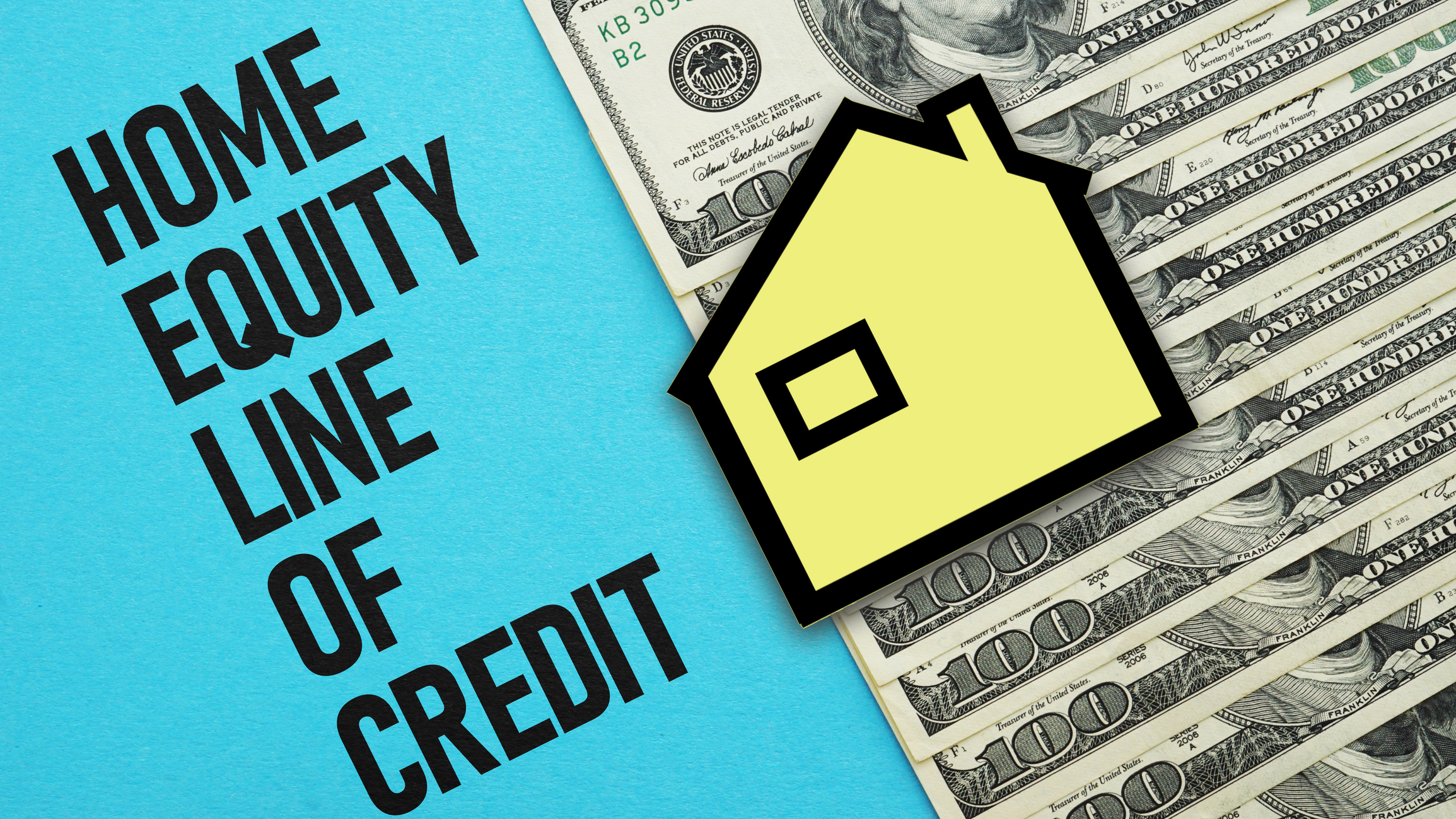Why You Should Keep Your Credit Cards Active
Keeping your cards active ensures you build long histories, which factors into your credit score.

Ellen B. Kennedy
Keeping your credit cards active, even by making one small, monthly purchase, may not seem important. And if you’re digging out of debt or struggling to keep your spending in check, minimizing credit card usage may be the best choice for your overall financial health. Otherwise, consider putting any standard or rewards credit cards that you haven’t used in a while into the rotation for making purchases.
The reason? If your credit card is inactive for a long period — anywhere from about six months to three years, says Ted Rossman, senior industry analyst at Bankrate — the card issuer may close it or reduce your credit limit. That could hurt your credit score.
Why keep your credit cards active?
In order to achieve or maintain a good credit score, you need to monitor your credit-utilization ratio. It’s calculated by dividing your credit card balances (the total amount you owe) by your card limits (both on individual cards and in the aggregate across all your accounts) and reflected as a percentage. Generally, the lower your utilization ratio, the better for your score, and you should try to keep utilization to no more than 30%.
From just $107.88 $24.99 for Kiplinger Personal Finance
Become a smarter, better informed investor. Subscribe from just $107.88 $24.99, plus get up to 4 Special Issues

Sign up for Kiplinger’s Free Newsletters
Profit and prosper with the best of expert advice on investing, taxes, retirement, personal finance and more - straight to your e-mail.
Profit and prosper with the best of expert advice - straight to your e-mail.
One way to glance at your utilization is to use credit monitoring services like myFico. They notify you of any changes to your credit reports, such as shifts in balances, new accounts opened or credit inquiries.
If the available credit on one of your cards is reduced or disappears, the utilization ratio calculated across all of your accounts could increase if you have balances on other credit cards. If your card issuer reduces your credit limit, Rossman suggests asking the issuer to restore it to the previous limit.
Making a small purchase with your credit card even just once every few months can help keep the account active. That may be a good strategy for a card that you’d rather not use often — say, because it offers rewards that are inferior to those your other cards provide.
An easy way to achieve this is to set up that credit card for everyday purchases, like streaming, groceries or gas. Using it to charge items then paying them off before interest accrues shows lenders you're responsibly using your card. Not only will this keep your card active, this approach can improve your credit score in time.
If your card is closed
The company that issued your credit card may not warn you before closing your card due to inactivity. Credit card closure can harm your credit score, so you'll need to devise a strategy to get back on track.
Your priority should be boosting your credit score and ensuring you have a system to monitor your cards and their payment due dates. Read more about what to do if your credit card is closed.
Another option is to reach out to the lender. Ask them for the reason why they closed the card and see if there are any steps to rectify the situation.
Read More
Profit and prosper with the best of Kiplinger's advice on investing, taxes, retirement, personal finance and much more. Delivered daily. Enter your email in the box and click Sign Me Up.

Ella Vincent is a personal finance writer who has written about credit, retirement, and employment issues. She has previously written for Motley Fool and Yahoo Finance. She enjoys going to concerts in her native Chicago and watching basketball.
- Ellen B. KennedyRetirement Editor, Kiplinger.com
-
 December Fed Meeting: Live Updates and Commentary
December Fed Meeting: Live Updates and CommentaryThe December Fed meeting is one of the last key economic events of 2025, with Wall Street closely watching what Chair Powell & Co. will do about interest rates.
-
 This Is Why Investors Shouldn't Romanticize Bitcoin
This Is Why Investors Shouldn't Romanticize BitcoinInvestors should treat bitcoin as the high-risk asset it is. A look at the data indicates a small portfolio allocation for most investors would be the safest.
-
 I'm a Federal Benefits Pro: I Answer These 2 Questions a Lot
I'm a Federal Benefits Pro: I Answer These 2 Questions a LotMany federal employees ask about rolling a TSP into an IRA and parsing options for survivor benefits, both especially critical topics.
-
 Smart Money Moves Savers Should Make in 2026
Smart Money Moves Savers Should Make in 2026These steps will get you on the road to achieving your 2026 savings goals.
-
 How Much Would a $50,000 HELOC Cost Per Month?
How Much Would a $50,000 HELOC Cost Per Month?Thinking about tapping your home’s equity? Here’s what a $50,000 HELOC might cost you each month based on current rates.
-
 My First $1 Million: Self-Employed Trader, 50, San Francisco
My First $1 Million: Self-Employed Trader, 50, San FranciscoEver wonder how someone who's made a million dollars or more did it? Kiplinger's My First $1 Million series uncovers the answers.
-
 Waiting for Retirement to Give to Charity? Here Are 3 Reasons to Do It Now, From a Financial Planner
Waiting for Retirement to Give to Charity? Here Are 3 Reasons to Do It Now, From a Financial PlannerYou could wait until retirement, but making charitable giving part of your financial plan now could be far more beneficial for you and the causes you support.
-
 Are You Ghosting Your Finances? What to Do About Your Money Stress
Are You Ghosting Your Finances? What to Do About Your Money StressAvoidance can make things worse. You can change your habits by starting small, talking with a family member or friend and being consistent and persistent.
-
 Your End of Year Insurance Coverage Review Checklist
Your End of Year Insurance Coverage Review ChecklistStop paying for insurance you don't need and close coverage gaps you didn't know about with this year-end insurance review.
-
 4 Smart Ways Retirees Can Give More to Charity, From a Financial Adviser
4 Smart Ways Retirees Can Give More to Charity, From a Financial AdviserFor retirees, tax efficiency and charitable giving should go hand in hand. After all, why not maximize your gifts and minimize the amount that goes to the IRS?
-
 I'm an Insurance Pro: If You Do One Boring Task Before the End of the Year, Make It This One (It Could Save You Thousands)
I'm an Insurance Pro: If You Do One Boring Task Before the End of the Year, Make It This One (It Could Save You Thousands)Who wants to check insurance policies when there's fun to be had? Still, making sure everything is up to date (coverage and deductibles) can save you a ton.